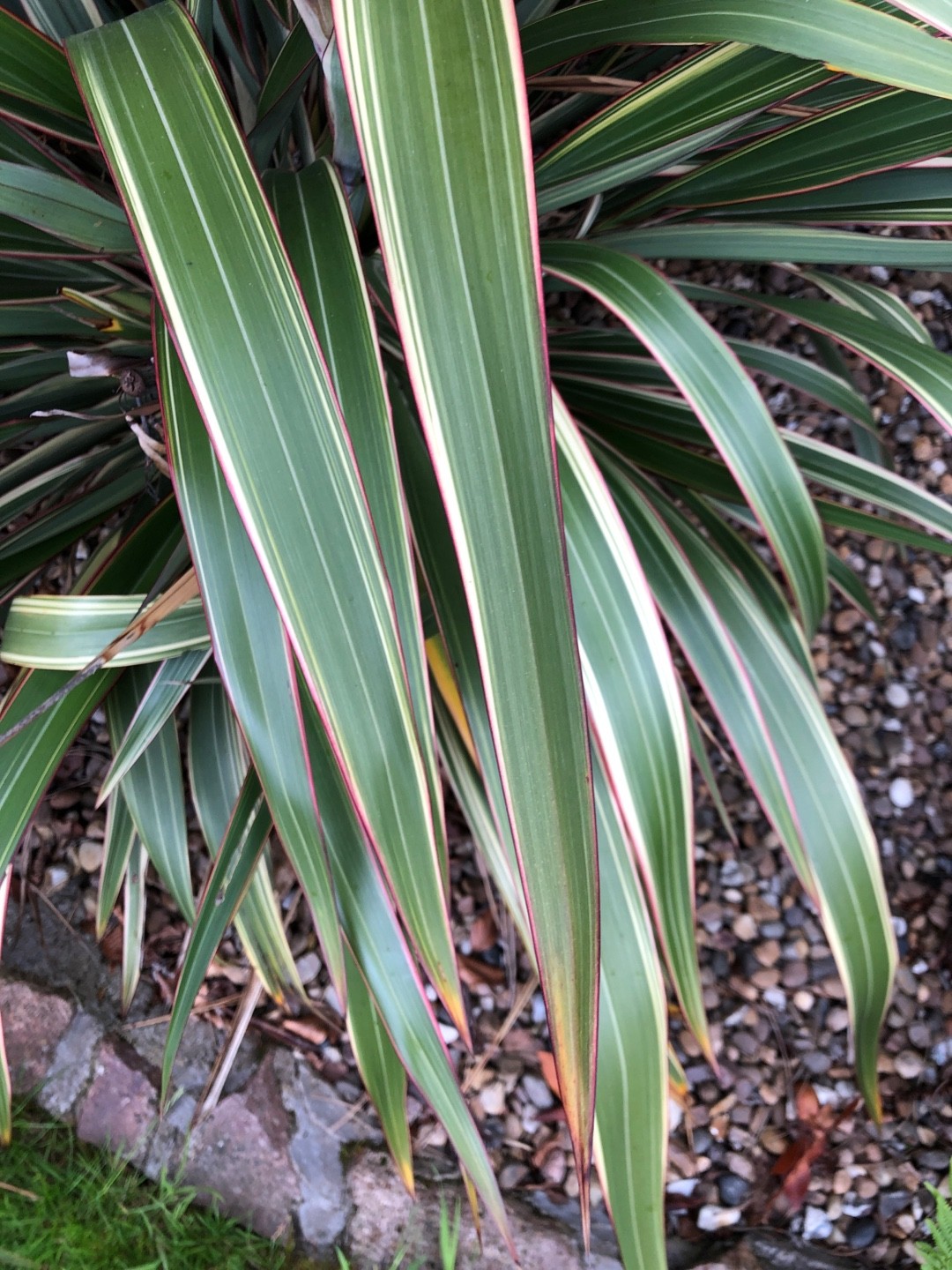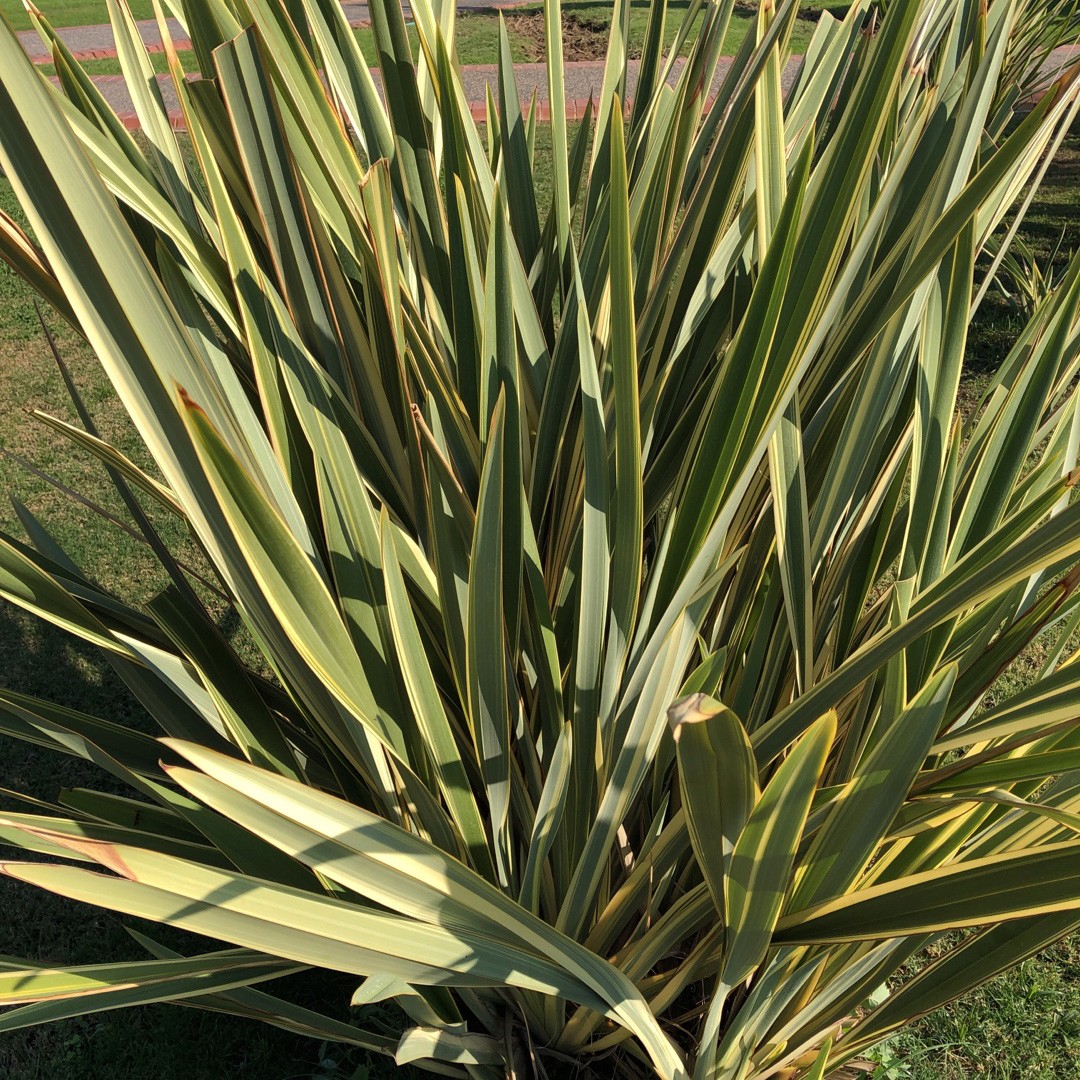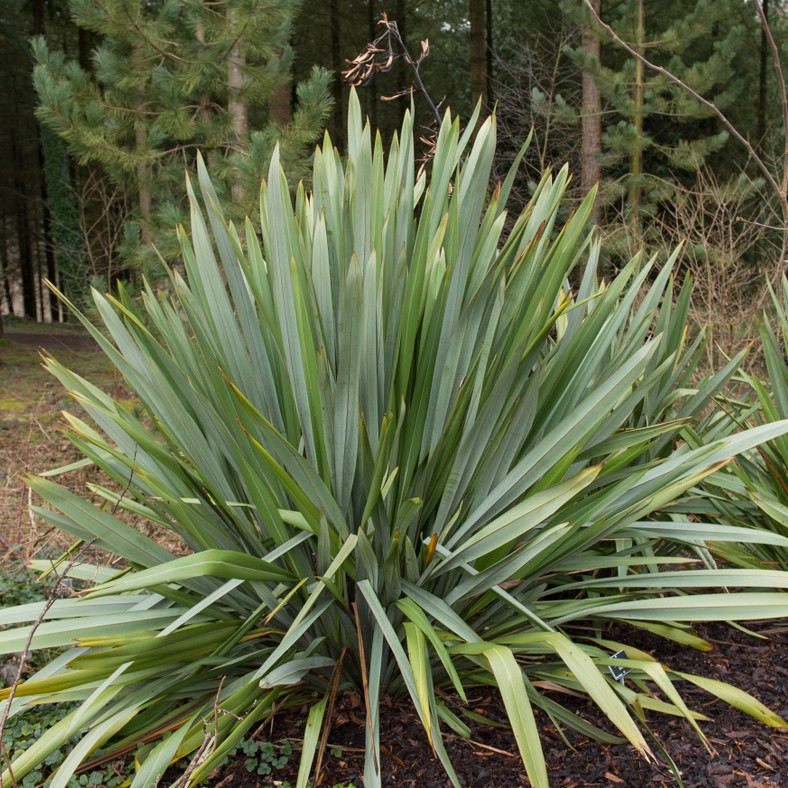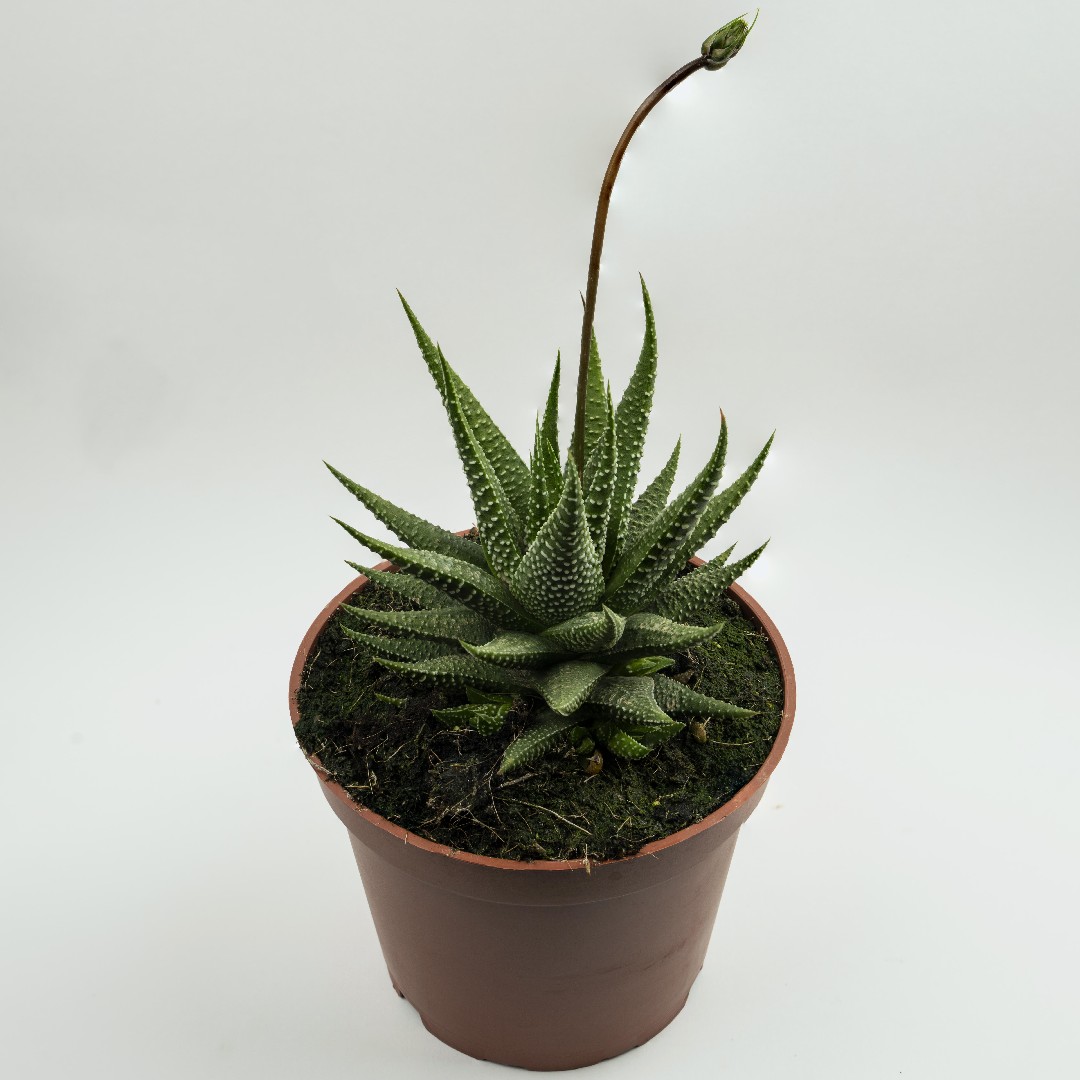![How to Propagate Phormium ?]()
How to Propagate Phormium ?
Propagation of phormium can be done via seed sowing, division, or cuttings. Key factors for success include ensuring well-draining soil, maintaining moderate temperatures, and providing sufficient but not excessive light. Special considerations involve waiting for seeds to fully ripen and utilizing root hormone for cuttings. Propagation difficulty is moderate; however, patience is required for seed germination. For division, spring is the best time, gently separating mature plants. Seed sowing involves stratification to break dormancy. With cuttings, use leaf bases in summer. Steps: (1) Choose healthy parent plant, (2) For division, part plants at the root, (3) For seeds, sow in well-draining mix, (4) For cuttings, apply rooting hormone and plant in potting mix, (5) Keep in appropriate environmental conditions, (6) Water regularly without over-saturating.



















